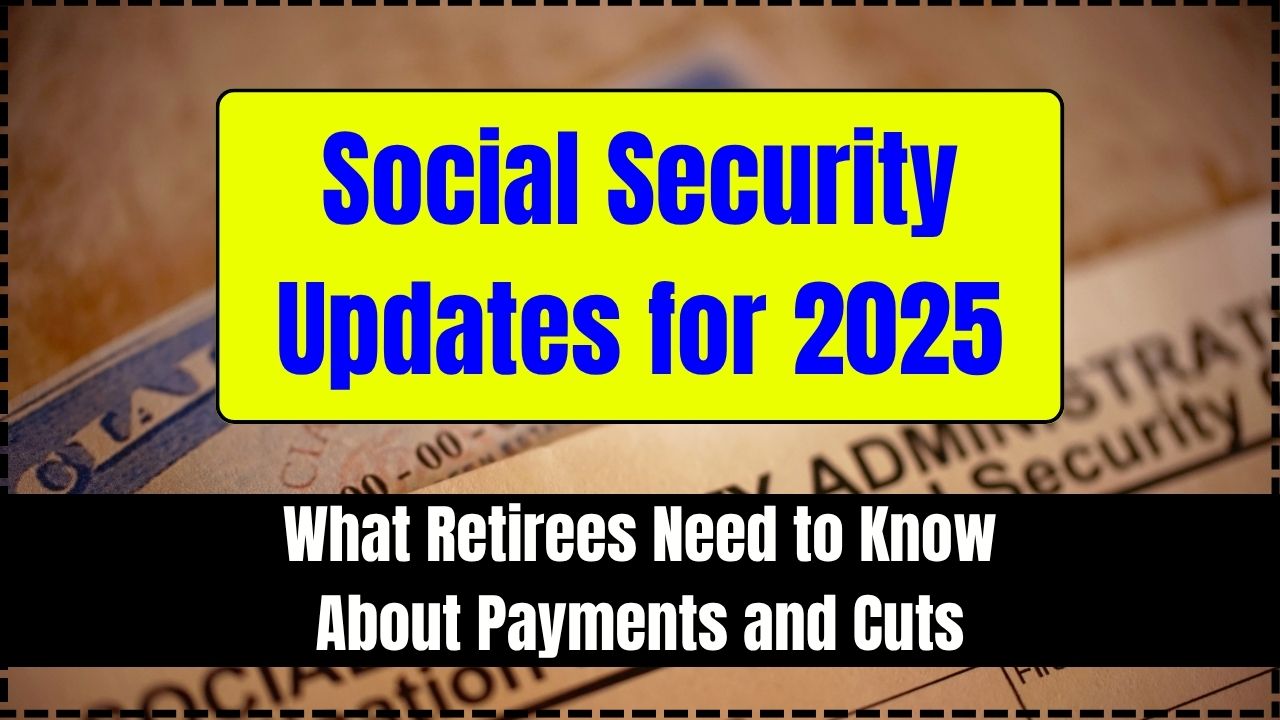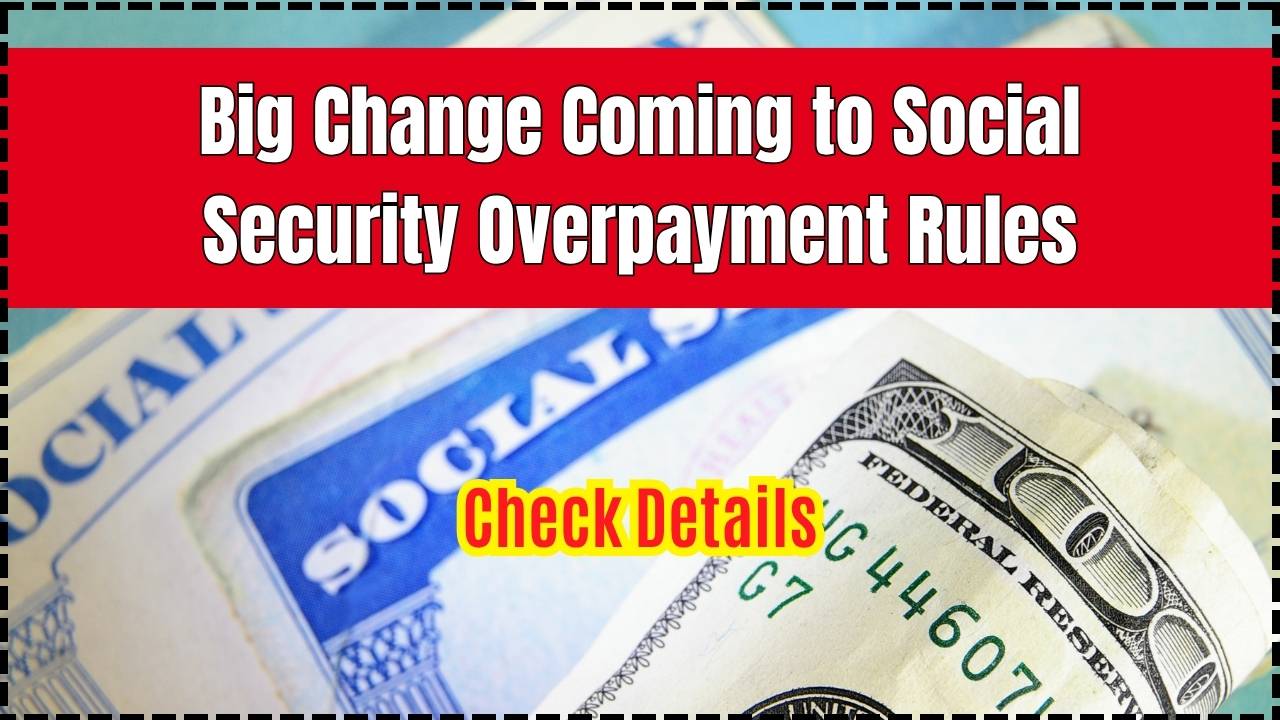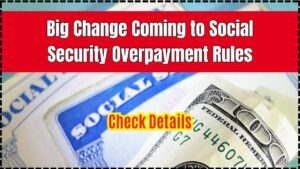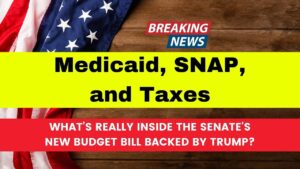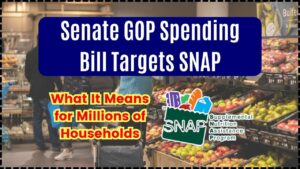Social Security Payments Slashed 15%: Starting June 2025, Social Security recipients with defaulted federal student loans will face a 15% reduction in benefits due to the resumption of the Treasury Offset Program. This policy change, following a pandemic-induced pause, affects approximately 452,000 Americans aged 62 and older. Understanding the implications and available options is crucial for those impacted.
Social Security Payments Slashed 15%
The resumption of the Treasury Offset Program in June 2025 marks a significant shift for Social Security recipients with defaulted federal student loans. Understanding your options and taking proactive steps can help mitigate the financial impact. Stay informed and seek assistance to navigate this challenging situation.

| Aspect | Details |
|---|---|
| Effective Date | June 2025 |
| Affected Individuals | Social Security recipients in default on federal student loans |
| Reduction Amount | Up to 15% of monthly benefits |
| Minimum Protected Amount | $750 per month |
| Number of Affected Borrowers | Approximately 452,000 aged 62 and older |
| Program Resuming Collections | Treasury Offset Program (TOP) |
| Official Resource | U.S. Department of Education |
Understanding the Treasury Offset Program (TOP)
The Treasury Offset Program is a federal initiative that allows the government to collect overdue debts by withholding funds from federal payments, including Social Security benefits. If you’re in default on a federal student loan, up to 15% of your monthly Social Security benefit can be garnished, ensuring that at least $750 remains protected.
Who Is Affected?
This policy primarily impacts:
- Retirees and Disabled Individuals: Those receiving Social Security benefits who have defaulted on federal student loans.
- Older Borrowers: Approximately 452,000 individuals aged 62 and older are in default and likely receiving Social Security benefits.
The Resumption of Collections
The Department of Education announced that, starting May 5, 2025, it would resume collections on defaulted federal student loans, including garnishing Social Security benefits. This decision follows the expiration of pandemic-related relief measures.
Real-Life Impact
Consider the case of Christine Farro, a 73-year-old retiree from California. She took out student loans nearly 40 years ago and now faces a significant reduction in her Social Security benefits due to defaulted loans. Her situation highlights the challenges many seniors face when dealing with long-standing student debt.
Options to Avoid or Mitigate Social Security Payments Slashed 15%
If you’re at risk of having your Social Security benefits garnished, consider the following steps:
1. Loan Rehabilitation
- What It Is: Making nine consecutive, on-time monthly payments to remove your loan from default.
- Pros: Removes default status from your credit report.
- Cons: Garnishment may continue during the rehabilitation period.
2. Loan Consolidation
- What It Is: Combining multiple federal loans into one new loan.
- Pros: Quickly brings loans out of default.
- Cons: Default status remains on your credit history.
3. Income-Driven Repayment Plans
- What It Is: Monthly payments based on your income and family size.
- Pros: Affordable payments and potential loan forgiveness after 20-25 years.
- Cons: Requires annual income recertification.
4. Bankruptcy
- What It Is: Legal process to discharge debts.
- Pros: Potential to eliminate student loan debt.
- Cons: Difficult to qualify; impacts credit score.
Steps to Take Immediately
- Check Your Loan Status: Visit StudentAid.gov to review your loan information.
- Update Contact Information: Ensure your details are current to receive important notices.
- Contact Your Loan Servicer: Discuss available options to address your default status.
- Seek Financial Counseling: Consider speaking with a financial advisor or credit counselor.
June 2025 Social Security Payment Dates Revealed; Find Out When Your Money Arrives
2025 COLA Drop Shocker: How Your Social Security Check Could Take a Hit!
Senior Couples Could Get $3089 in Social Security – Don’t Miss Your Chance!
Frequently Asked Questions (FAQs)
Q1: Will all Social Security recipients see a 15% reduction?
A: No, only those in default on federal student loans are subject to this reduction.
Q2: Is there a minimum amount that must remain after garnishment?
A: Yes, at least $750 of your monthly benefit is protected from garnishment.
Q3: How will I be notified about the garnishment?
A: The Department of Education will send a 30-day notice before initiating garnishment.
Q4: Can I stop the garnishment once it starts?
A: Yes, by entering into a repayment agreement or successfully rehabilitating your loan.
Q5: Are private student loans subject to this garnishment?
A: No, the Treasury Offset Program applies only to federal student loans.


